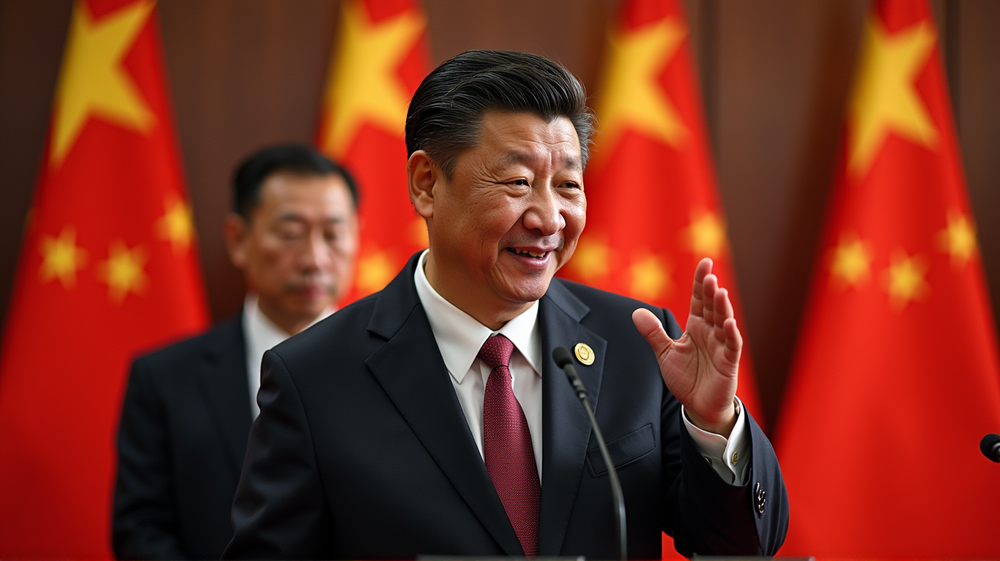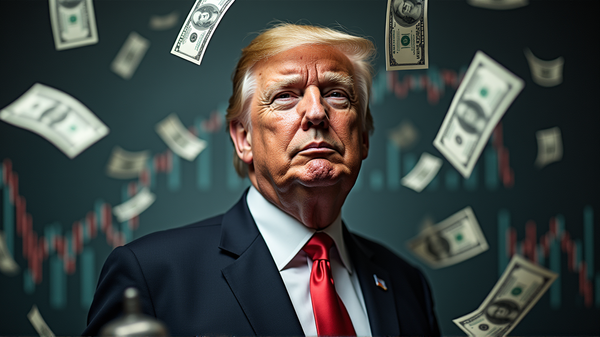Xi Jinping's Southeast Asia Tour - A Dance of Diplomacy Amid Trade Tensions
Strengthening Ties in the Face of Global Economic Strains
In a move that underscores the significance of economic cooperation, Chinese President Xi Jinping embarks on a tour of Southeast Asia, commencing with a visit to Vietnam. His tour marks a pivotal moment in the region’s political and economic landscape, given the escalating trade tensions with the United States. Through this tour, Xi Jinping is poised to reinforce China’s role as a stable economic partner and advocate for peaceful resolution of trade disputes.
Vietnam: An Economic Powerhouse on the Negotiating Table
Vietnam presents a key stop on Xi’s tour agenda, not merely due to its burgeoning economy but also its strategic importance in the ongoing US-China trade dynamics. According to The Guardian, it’s anticipated that numerous agreements regarding investment and the enhancement of Vietnam’s railway system could be on the horizon. These discussions are emblematic of Vietnam’s diplomatic balancing act between two economic giants— China and the US.
The Wider Implications of US Tariffs
The tariffs imposed by the US on Southeast Asia have sent ripples across global markets, with Vietnam and Cambodia among the hardest hit. These tariffs have resulted in substantial economic challenges for these nations, primarily dependent on exports. Xi’s visit thus serves as a counter to the narrative of economic unrest, positioning China as a beacon of stability in tumultuous times.
China’s Strategy: Touting Stability in an Unstable World
With Xi’s diplomatic overtures, China seeks to contrast itself with US unpredictability, especially as tariffs reach up to 145% on Chinese imports. Stephen Olson from the ISEAS – Yusof Ishak Institute noted China’s efforts to position itself as the responsible leader overseeing global trade rules. China’s intentions seem clear: foster robust economic ties while advocating for a reciprocal and respectful trade environment.
Balancing Acts and Diplomatic Nuances
In the backdrop of Chinese tariffs and economic maneuvers, Southeast Asian nations, particularly Vietnam, grapple with maintaining neutrality amid superpower rivalries. Concerns loom that a deluge of inexpensive Chinese goods might inundate local markets, further complicating diplomatic balances. Vietnam has proactively engaged with the US, illustrating its intent to mend economic ties while regulating sensitive exports to China.
Cambodia and Malaysia: Allies in Economic Endeavors
Xi Jinping’s itinerary also includes Cambodia and Malaysia, countries poised for crucial economic dialogues. These visits mark significant milestones, particularly in Cambodia, where China’s presence is profoundly entrenched. The Cambodian Prime Minister reflected on the unchanged ties with China, especially after strategic infrastructure projects like the naval base upgrade, pointing towards enduring alliances.
Concluding Thoughts: Diplomacy, Trade, and the Future
Xi Jinping’s Southeast Asia tour illuminates China’s strategic vision in navigating complex international economic terrains. As these nations strive to balance competing interests, the outcome of Xi’s diplomatic foray bears watching. Whether it will manifest in concrete economic agreements or serve merely as symbolic gestures, the implications on trade relations and regional stability are profound and enduring.




